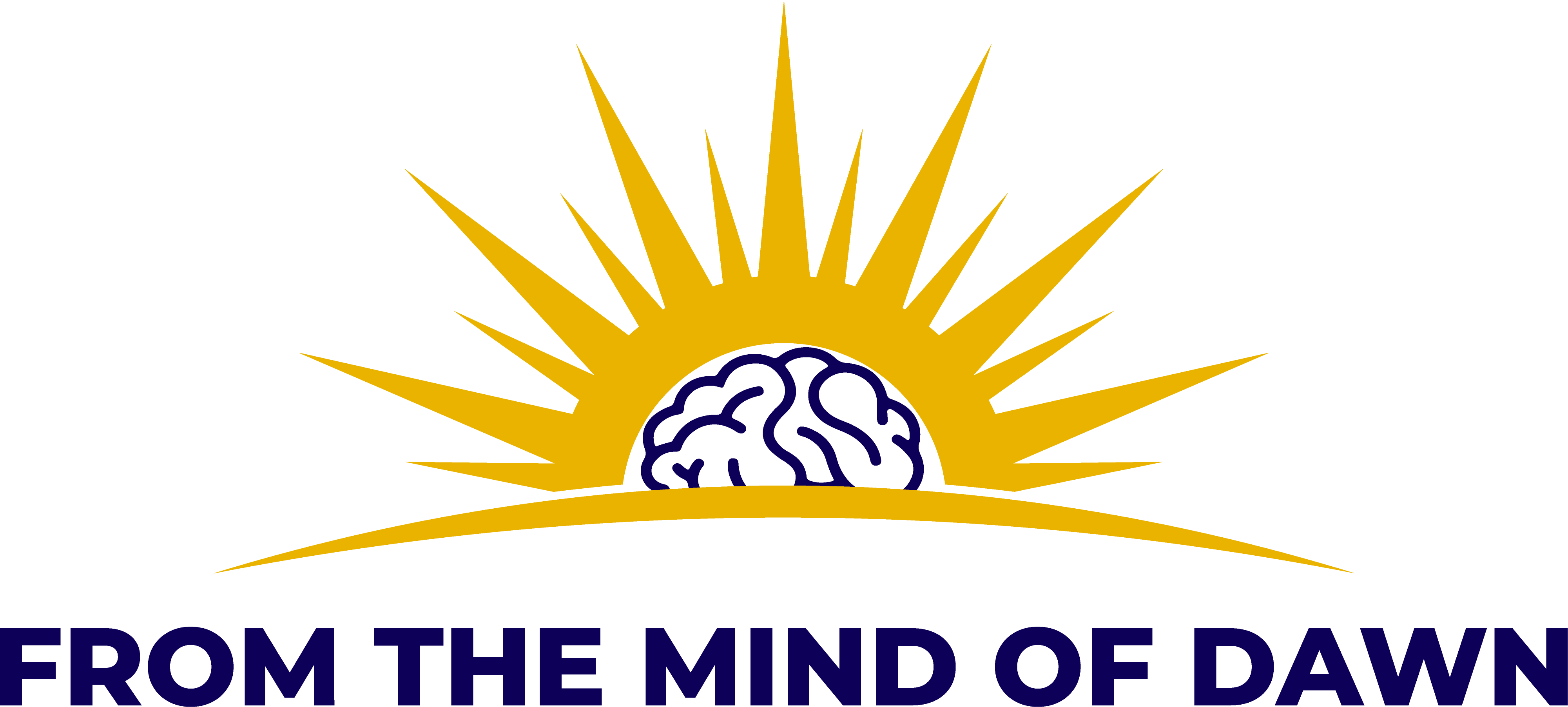Week 6: Highlight a Gap
Review the third tactic for reducing Reaction: Highlight a Gap (pages 38—43 in The Catalyst by Jonah Berger)
About five years ago, I got some feedback from my manager that I outright disagreed with. He told me that I was too clear in my writing. I really admire good writers so I have focused on becoming a better writer over time and aim to be as clear as possible.
As he explained further, it became obvious that the problem was his lack of reading comprehension skills so every fiber in my being wanted to tune him out and reject this feedback.
But I’m a leader…
And leaders are open to feedback and take every opportunity to use it to be more effective…
So, I listened, reflected and tried to find ways to communicate more effectively with him (even though it meant that I had to be less clear and concise).
At the time, I didn’t realize why being a leader outweighed my more visceral reaction to his comment. After this week’s lesson, I’ve learned how strong of a force cognitive dissonance can be. In The Catalyst, the author says that “when attitudes and behaviors conflict, people get uncomfortable. And to reduce this discomfort, or what scientists call cognitive dissonance, people take steps to bring things back in line.”
Well that explains it.
Our lesson this week was to learn how highlighting a gap reduces Reactance by helping others become aware of creating this cognitive dissonance in a way that encourages their buy-in to our change effort.
A relevant example comes from a recurring challenge in my industry - small companies become larger over time. The impetus for this growth varies but, as the company grows, the reaction tends to be hesitance and pessimism around what the growth means to the culture of the organization.
Leaders at small companies are stereotypically hyper focused on taking care of their people. I like to point out that part of taking care of our people means providing them opportunities to grow. I think everyone can also agree that taking care of them means doing everything we can to make sure that we don’t have to lay them off.
From that perspective, leaders should EMBRACE the growth.
Say what?
Yes, I said it. Growth, among other things, typically means new lines of business or serving new customers. This means there are MORE opportunities for our team members. So, if you are a leader and you care about your people then you MUST embrace the growth.
Wow.
After reflecting on it and really understanding it, I feel best equipped to use this tactic. To use it, I’d need to take the following steps:
- Vividly describe the future state of the organization once the change initiative is complete. This is highly congruent with my natural strengths. I can’t wait to talk to you all more about CliftonStrengths!
- Concretely capture the components that comprise the gap.
- Tailor my approach of highlighting the gap depending on whose buy-in I needed to solidify. This would be one of the following:
- Calling out how their actions to resist the change are incongruent with how they see themselves (i.e., as a leader, a forward-thinker, a team player, etc.)
- Getting them to feel the cognitive dissonance themselves by having them discuss what they would recommend to someone else
In thinking through this second approach, I was reminded of an innovation technique that I was introduced to when I took an amazing course on design thinking and innovation. Because innovation is often stalled by cognitive fixedness, the course introduces its students to many techniques to help one be more creative. One such technique is the concept of Alternate Worlds.
The idea of Alternate Worlds is that we can gain a fresh perspective if we think about how a different company or industry would solve the same problem. For example, if we faced a talent shortage in engineering and we wanted to illicit new and unusual ideas for how to solve that problem, we may turn to the trucking industry as an alternative world. After COVID, the trucking industry faced a massive shortage of drivers. Reading about how that problem and its side effects were addressed could lead to innovative solutions that couldn’t have been conceived before.
Similarly, framing the gap in the context of a different organization, may help our Reactors to see the situation differently.
I have gotten so much out of this plan already! The Catalyst has been an amazing resource and we’ve only gotten through the first chapter! I feel really good about how well-equipped I will be to bring about successful change after a full year of this. I’m going to give this book a break and start to tackle some of my other exciting resources.
Stay tuned and thanks for reading!
Read Persuading the Unpersuadable - HBR article by Adam Grant
